Following on from our previous article, The Top 20 Copywriting Books of the 20th Century, we’ve now compiled a list of The Top 20 Copywriting Books of the New Millennium.
With the advent of AI and content bots, certain of us tend to forget that much knowledge can still be gleaned by more traditional means, and many of the top digital marketers and copywriters are still taking to print to engage and encourage audiences. Let’s delve into the list…
20. Jab, Jab, Jab, Right Hook: How to Tell Your Story in a Noisy, Social World – Gary Vaynerchuk (2013)
“”Jab, Jab, Jab, Right Hook” educates people and companies to embrace social media, build a strong brand and effectively tell their story in a noisy online world. Whether or not you choose to embrace social media, one thing is certain – social media is where people’s attention is today in the online world. By now, most people and businesses understand that having a Facebook page and a Twitter account is critical for brand visibility and credibility. They are jumping in, but they are just not doing it right.
Marketing is hard, and it keeps getting harder. But there’s no time to mourn the past or to feel sorry for ourselves, and there’s no point in self-pity anyway. It is our job as modern-day storytellers to adjust to the realities of the marketplace, because it sure as hell isn’t going to slow down for us.” – Presh Onyi
19. Commonsense Direct & Digital Marketing – Drayton Bird (2007)
“Drayton Bird says that you can sell almost anything using direct marketing. The focus of communications and research should always be the customer. By identifying customers, you can craft messages that appeal to them individually or as members of a defined group.
“Commonsense Direct Marketing” includes most aspects of direct marketing, including positioning your product or service, how to conduct research, planning marketing campaigns, keeping good records, caring for your own lists of customers and prospects, selecting and testing mailing lists, alternative media selection, creating a marketing package that is likely to succeed, how to test a marketing package and evaluate the results, how to choose an agency, and how to maintain client – agency relationships.” – Michael C. Gray
18. The Adweek Copywriting Handbook: The Ultimate Guide to Writing Powerful Advertising and Marketing Copy from One of America’s Top Copywriters – Joseph Sugarman (2007)
“You need to become an expert on a product, service or anything you write about to really be an effective copywriter, says Sugarman. “Becoming an expert means learning enough about a product to obtain enough specific knowledge so you can communicate the real nature of what you are trying to sell.”
You also need to become an expert on who your customer is by gathering specific information on whom you are selling to.” – Sam T. Davies
17. How to Write Seductive Web Copy: An Easy Guide to Picking Up More Customers – Henneke Duistermaat (2013)
“”How to Write Seductive Web Copy” is a short, practical book designed specifically to help make writing web copy easier and reduce the stress that often accompanies copywriting for the web. Go from “What on earth am I going to write about this?” to a clear, focused approach with proven results. Duistermaat’s six-step process for writing web copy is an excellent tool for the time-crunched writer, and the exercises, tips, and checklists provided in the book are great additions to any writer’s toolbox.
The elements in the chapter of identifying your audience will help any writer build a better brand, whether on Twitter, your blog, or even TikTok. Build on that with the keys discussed in the chapter on writing web copy, which will help drive audience engagement … and sales.” – Jean Matheson
16. Wired for Story: The Writer’s Guide to Using Brain Science to Hook Readers from the Very First Sentence – Lisa Cron (2012)
“Lisa Cron’s “Wired for Story: The Writer’s Guide to Using Brain Science to Hook Readers from the Very First Sentence” not only offers insights to storytelling, but she explains exactly why each element is important, based on the latest cognitive neuroscience research. Once you understand the why of doing anything, it’s much easier to remember to implement the factor. Otherwise, you’d just be writing by formula, following a sterile checklist of items to be sure to include.
A lack of understanding the why to do something inevitably shows up in the writing, either leading to readers’ confusion or boredom.” – Georganna Hancock
15. The Boron Letters – Gary C. Halbert (2013)
“It’s a collection of letters written by the legendary copywriter Gary Halbert to his son, Bond – all while serving time at Boron Federal Prison Camp. Throughout the book, you’ll notice themes about protecting your mental state. Gary and Bond speak to the link between confidence, enthusiasm, and your effectiveness as a copywriter. When you are “off”, it comes off in your writing. In a way, this makes intuitive sense, when you write, you are capturing how you felt in that moment – and thus, you want to capture enthusiasm, not depression.
At the core of Gary Halbert’s copywriting technique is the acronym, AIDA = Attention, Interest, Desire, Action. This sequence is how you hook, convince, and close a potential customer.” – Phil Liao
14. Persuasive Copywriting: Using Psychology to Influence, Engage and Sell – Andy Maslen (2015)
“Unlike some of the other books that are out there, “Persuasive Copywriting” by Andy Maslen offers a few different learning tools, like quizzes, exercises, and real-world examples. It was very helpful for cementing some of the concepts he discussed in the book.
I thought it was laid out very well and almost had a textbook vibe (except not as intensive or boring). As a newcomer to the copywriting world, I finally gained some clarity on little-discussed topics like why copywriters will do certain things like have call-to-actions that are benefit-focused.” – Salvador Briggman
13. Breakthrough Copywriting: How to Generate Quick Cash with the Written Word – David Garfinkel (2014)
“I read a lot of copywriting books because I find it a fascinating subject. Many are well written but often explain well established techniques. They are good books but they’re not exceptional. This is different. David Garfinkel is billed as the world’s greatest copywriting coach and as you read through this, you’ll understand why. The book originates from material used by the author in a $5,000 course.
He explains important new structures for copywriting. Chapter 10 on emotional triggers is well worth the money on its own. This is a topic I’ve struggled with in the past. I think many of us have been trained to focus on rational analysis and to suppress emotions but it’s well known that people are motivated to action through emotional reactions to problems and opportunities. Copy must motivate action if it’s going to create the desired response. The chapter explains pathways to motivate readers. Overall, I have no hesitation in giving this book 5 stars and consider it to be one of the best of the modern copywriting books I’ve read so far.” – Paul Simister
12. The Power of Moments: Why Certain Experiences Have Extraordinary Impact – Chip & Dan Heath (2017)
“The authors describe four general categories of special moments:
-Elevation (the unexpected touch that elevates an interaction)
-Pride (a recognition of a customer achievement)
-Insight
-Connection
The book offers solid advice on how to build those moments, such as turning “pits” into “peaks,” breaking the script of business-as-usual, and so on. Examples drawn from many different contexts make the book entertaining and instructive.” – Anne Janzer
11. How to Write Copy That Sells: The Step-By-Step System for More Sales, to More Customers, More Often – Ray Edwards (2016)
“So what does this book do for you? In short, it helps you write a sales page for your website. However, the principles and techniques translate to a number of different mediums including phone pitches, direct mail, email marketing, and more.
Let’s just say this book is extremely well put together. It’s short, about 160 pages, and structured with specific action steps. I literally started taking action from this book for work, for my side projects, for emails I was writing, and opened it numerous times to reference back to sections, especially the part on bullet point templates.” – Joel Harrison
10. 80/20 Sales and Marketing: The Definitive Guide to Working Less and Making More – Perry Marshall (2013)
“”80/20 Sales and Marketing: The Definitive Guide to Working Less and Making More” is my continued exploration into the 80/20 principle also known as Pareto’s Principle. “80/20 Sales and Marketing” is written by Perry Marshall who also wrote the “Ultimate Guide to Google Adwords”. I was very pleased with that book and I was eager to read what he wrote on this topic because it touched on the 80/20 principle in the Adwords book. I have to say, I was not disappointed.
Marshall has provided a method for examining sales and marketing through the lens of 80/20. Through this lens, one can see how successful a campaign will be. “80/20 Sales and Marketing” is 230 pages long organized into 25 chapters. Marshall used a lot of storytelling to illustrate his point. At the end of the book, you are convinced of the power of the 80/20 principle.” – Stan Skrabut
09. The Advertising Effect: How to Change Behaviour – Adam Ferrier (2014)
“In “The Advertising Effect”, respected advertising insider, Adam Ferrier, reveals the ten techniques used by some of the best-known brands across the globe. These techniques are grounded in psychological theory with award winning real world examples and explore how the most effective way to change behaviour is through action rather than the conventional advertising practices (emotional or rational persuasion).
This is the ultimate insider’s guide, to the ultimate behaviour change industry – advertising.” – Oxford University Press
08. Ca$hvertising: How to Use More than 100 Secrets of Ad-Agency Psychology to Make Big Money Selling Anything to Anyone – Drew Eric Whitman (2008)
“Drew describes actionable tactics every advertising agency should embrace to create successful ads. Also, the definition of successful ad that Drew uses is spot on. Don’t read this book if you want to create the fanciest, smartest ads ever. Drew writes: “The Goal of Advertising Is to Get People to Act” and following this (right) belief, he focuses only on creating ads that will sell your product even if they’re not the smartest, best-looking ones.” – Massimo Chieruzzi
07. Copywriting Secrets – Jim Edwards (2018)
“Great sales copy is sticky, it leaves clues… It’s magical… It follows a formula that you can follow right now. There’s a pattern that works almost all the time. And the results will be astonishing, to say the least.
“Copywriting Secrets” by Jim Edwards is what you should read to discover untapped potentials in your sales copy.” – Navid Moazzez
06. On Writing: A Memoir of the Craft – Stephen King (2000)
“Stephen King’s incredible memoir was published back in 2000, and it has taken me this long to finally read it. Given how much praise I’ve heard about “On Writing”, I don’t know why I didn’t pick it up sooner, but I’m happy to say it’s absolutely worth the read. Even for those who are not interested in writing novels, or becoming a freelance writer, the insight King has into how to craft stories is incredible. Just as a reader I feel there is some benefit in understanding how effective storytelling can be.” – Charlene DeKalb
05. They Ask, You Answer: A Revolutionary Approach to Inbound Sales, Content Marketing, and Today’s Digital Consumer – Marcus Sheridan (2016)
“Marcus Sheridan’s new book, “They Ask, You Answer”, answers the crucial questions about marketing with a simple, straightforward business philosophy. I highly recommend this book to people in small and midsize businesses who want to beat competitors with content.
“Become the most trusted voice in your industry,” Sheridan writes. “Listen, teach and problem-solve to earn buyers’ trust.”” – George Stenitzer
04. Great Leads: The Six Easiest Ways to Start Any Sales Message – Michael Masterson & John Forde (2011)
“This book is very highly recommended to ambitious copywriters. Earlier I described it as a My only concern is about overexposure which is likely to reduce the impact of the indirect approaches. I’m on a number of the Agora email lists, partly because I’m interested in financial investments and partly because I’m interested in the copywriting. My attention tends to depend on which hat I’m wearing and as an investor, too often I feel “Here we go again!”
Wearing a copywriting hat, this book will be useful to review those messages to identify which lead or leads are used.” – Paul Simister
03. Microcopy: The Complete Guide – Kinneret Yifrah (2017)
“This book is the quintessential text for the world of UX writing. If you work in UX, digital marketing, sales, product management, UI design, or even personal blogging—bump this book to the top of your list. Kinneret Yifrah, founder and manager of the microcopy studio Nemala, takes a deep and comprehensive dive into the world of microcopy.
This book covers everything from basic UX writing principles, to how to design voice and tone from scratch; from how to use copy to alleviate users’ concerns to writing in ways that are accessible to everyone. It’s loaded with practical tips and tricks for writing any kind of microcopy in a digital interface, from 404 screens to forms, and beyond.” – Emerson Schroeter
02. Making Your Website Work: 100 Copy & Design Tweaks for Smart Business Owners – Gill Andrews (2019)
“Making Your Website Work” is the kind of book you can dip into regularly once you have read the introduction, twigged how the book works, and you have an idea of what you need. With 100 tips, it’s far too much to read, inwardly digest, and apply in one sitting.
I really like the way the book is organised and I love the light-hearted tone. Gill Andrews writes as if she’s talking to you. So, she uses ‘you’ a lot, and that’s the point of tip #14: How to discover (and eliminate) self-centred copy on your website. She recommends that website text addresses your visitors and uses words you’re 100% certain your target audience will understand. In this tip she also gives some customer-centric phrasing suggestions.” – Jenny Zonneveld
01. The Direct Mail Revolution: How to Create Profitable Direct Mail Campaigns in a Digital World – Robert W Bly (2019)
In “The Direct Mail Revolution”, legendary copywriting pioneer and marketing expert Robert W. Bly shares the strategies that can transform your business, win you more customers and earn more profits. Whether you’re new to direct mail or you’ve had no luck earning sales from a mailbox, this book is your clear, comprehensive blueprint to winning new and ongoing sales with direct mail. You’ll learn how to:
-Increase your response rates with the six characteristics of irresistible offers.
-Track and test key ingredients of your direct -mail campaign.
-Gain leads and sales with the “magic words” of direct-response copy.
-Avoid the most common snail-mail mistakes that will get your marketing ignored.” – entrepreneur.com
In Conclusion
We believe that The Top 20 Copywriting Books of the New Millennium creates a little insight into what copywriting has become in the digital age. Newer technologies, like AI content generation, can assist in making a copywriter’s job that little bit easier but ultimately most of the traditional techniques of writing good copy need to be mastered in order to keep competing in the 21st century.
- Technology and the future of books - July 29, 2021
- The benefits and importance of UX writing - July 29, 2021
- Use the science of music as a tool to enhance creative productivity - July 28, 2021
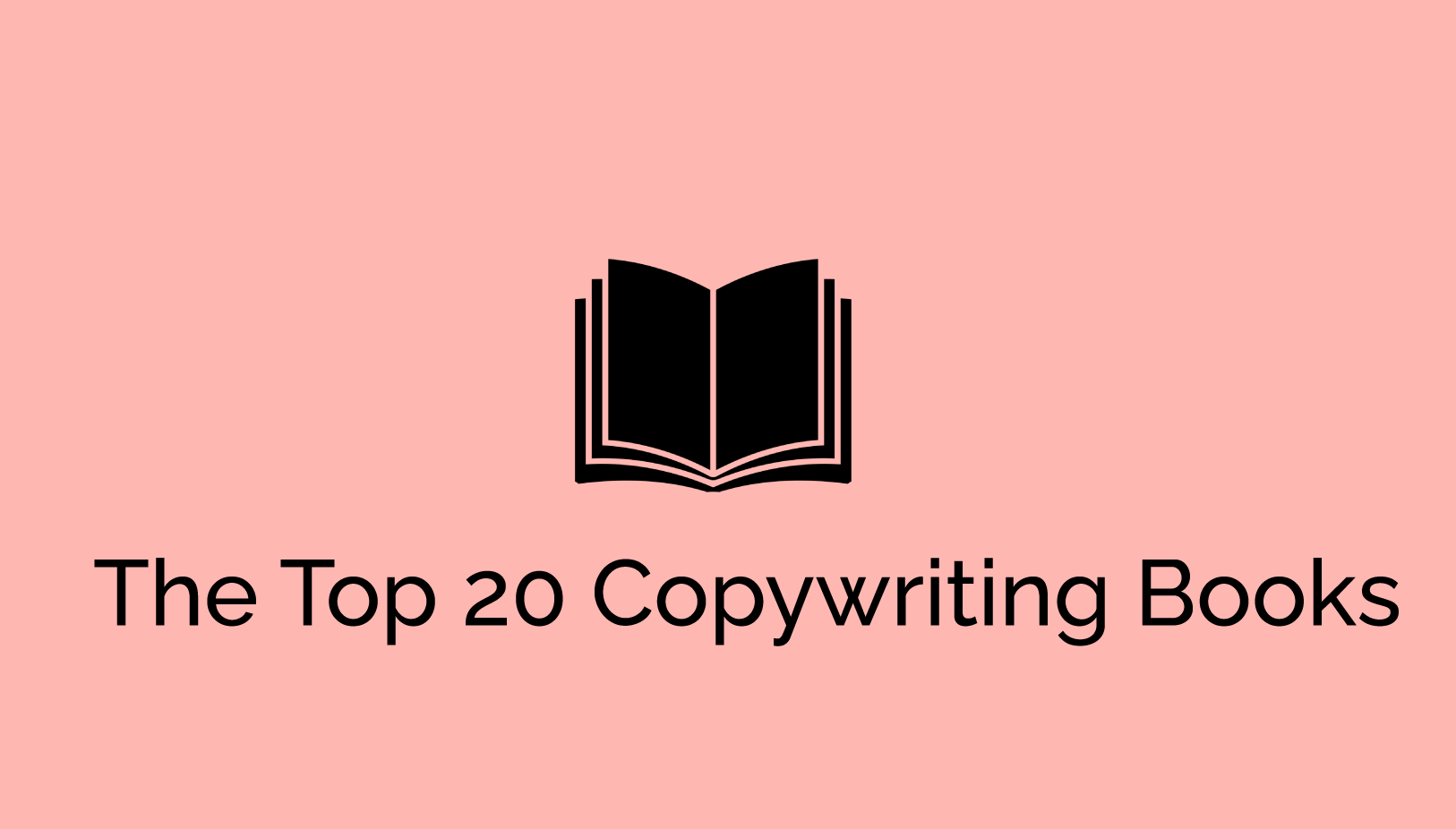
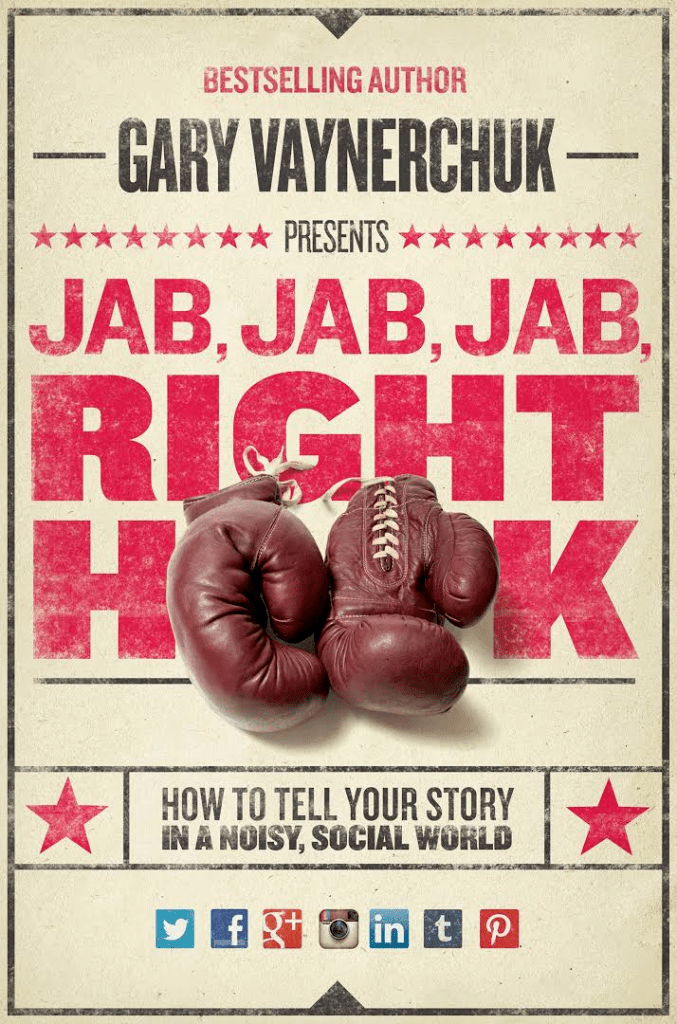
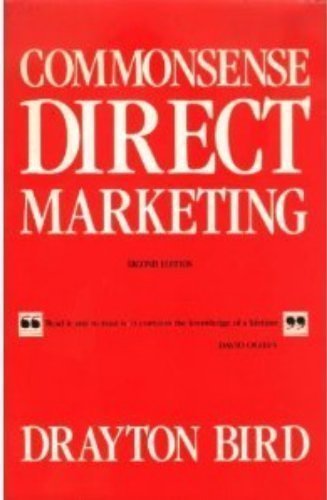
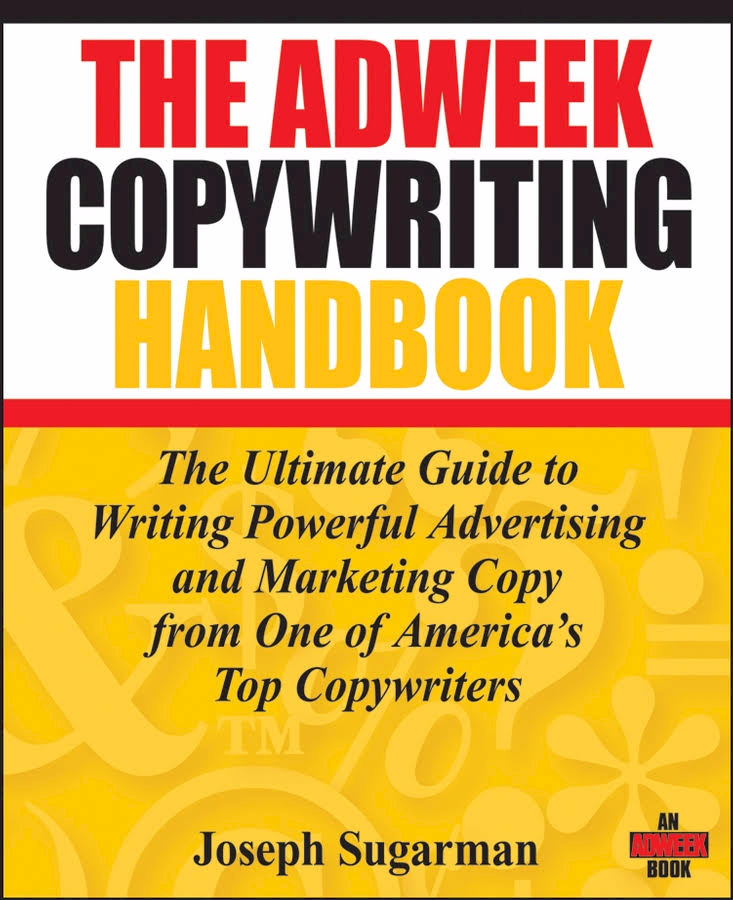
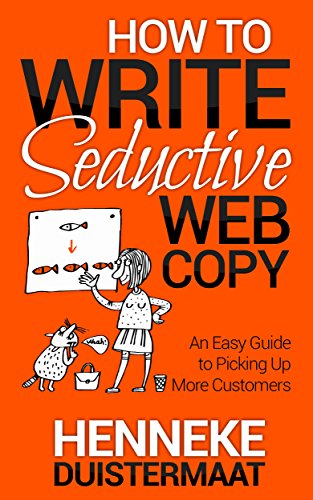
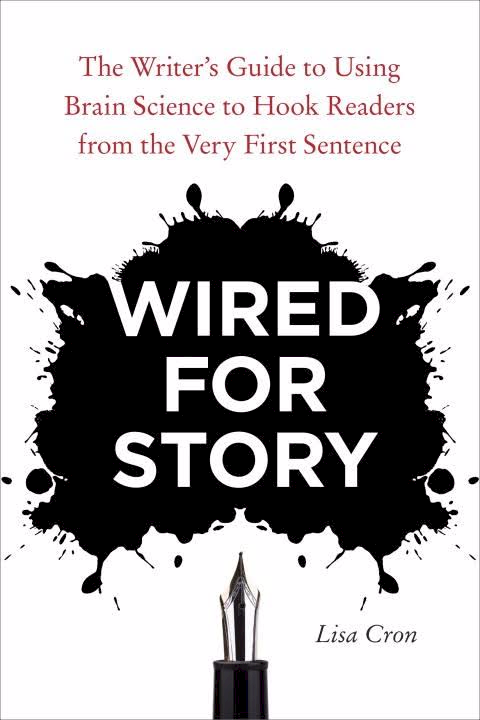
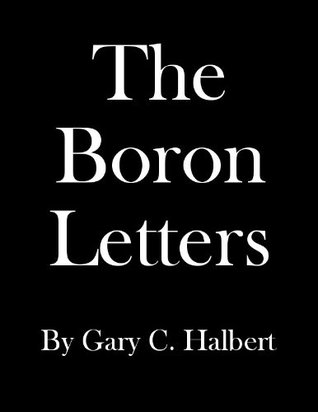
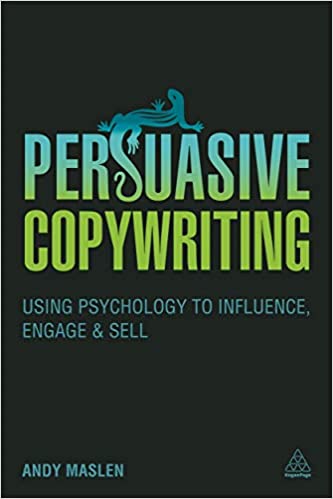
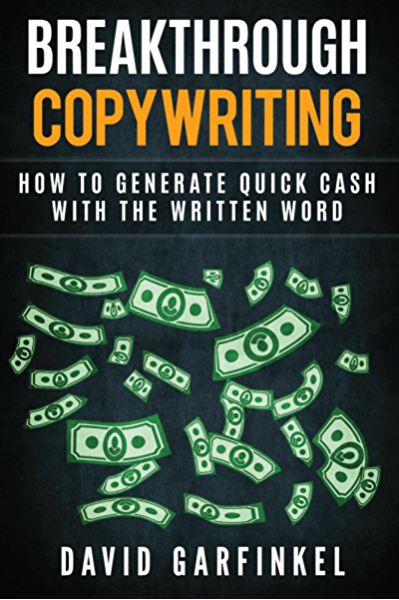
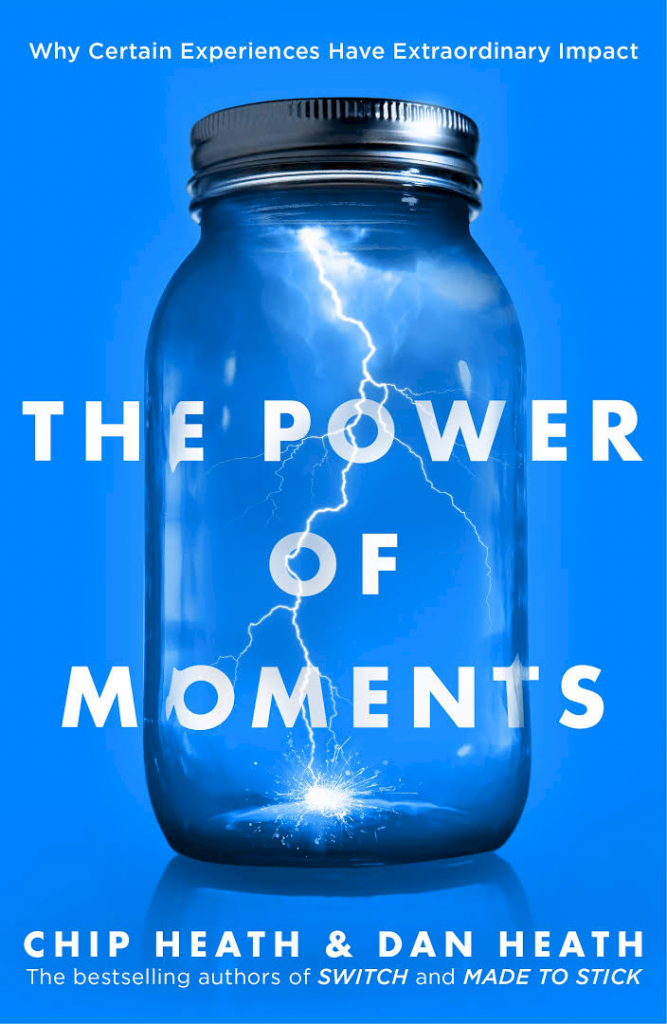
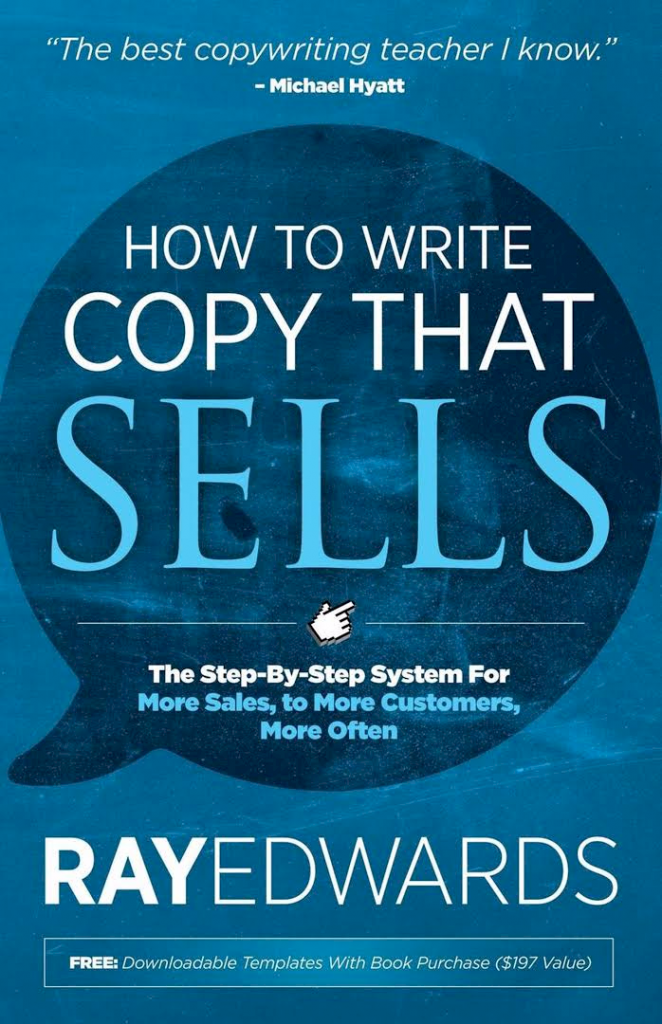
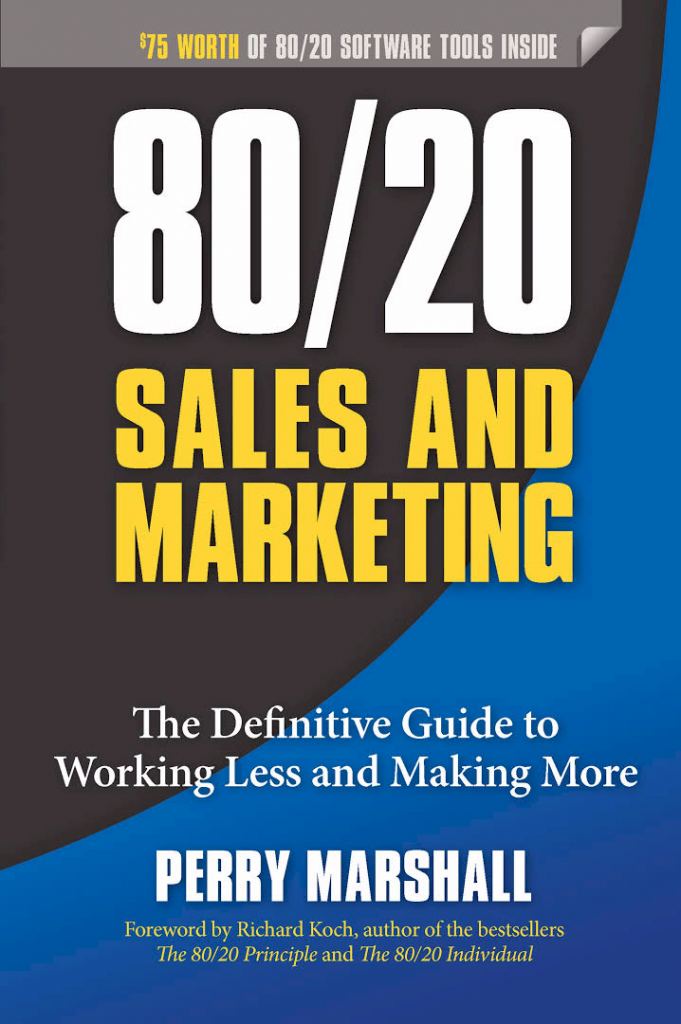
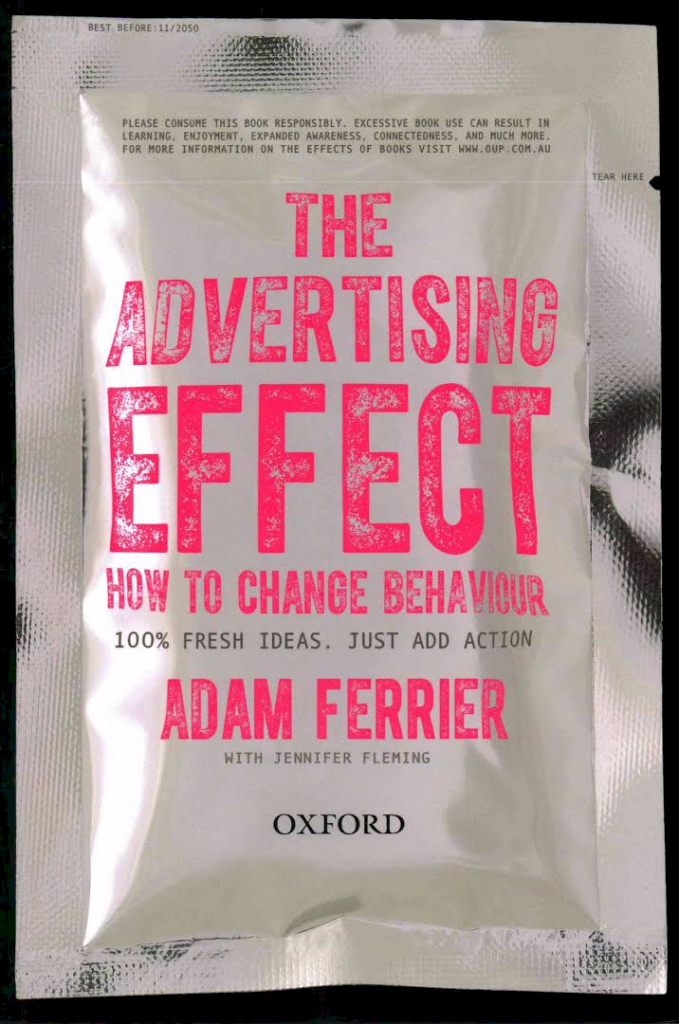

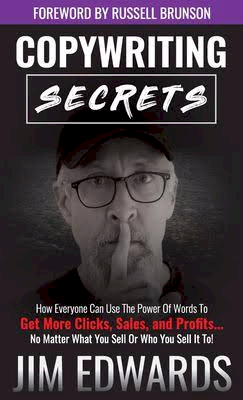
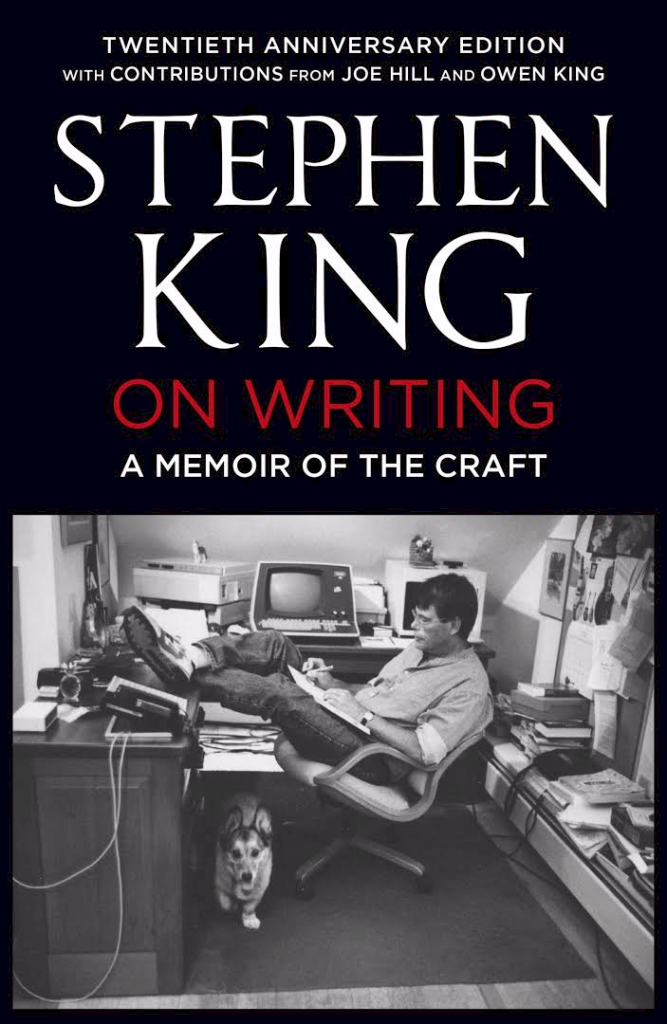
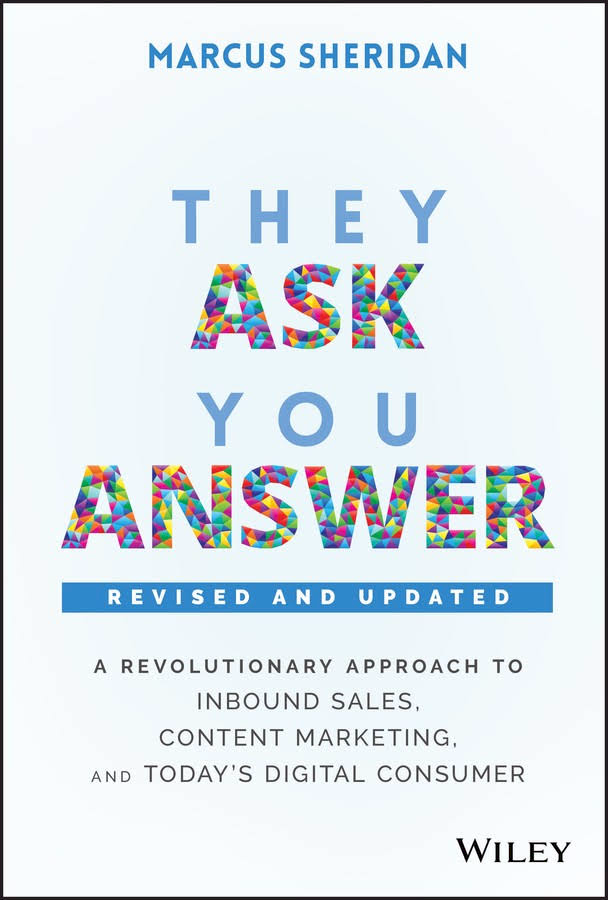
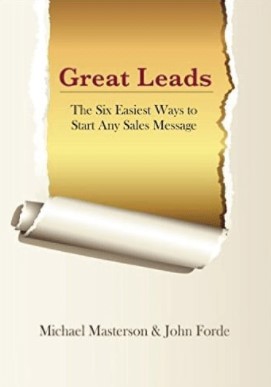
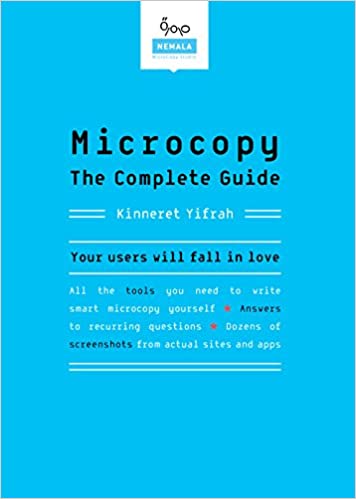
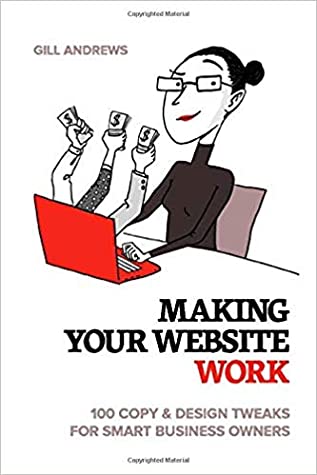
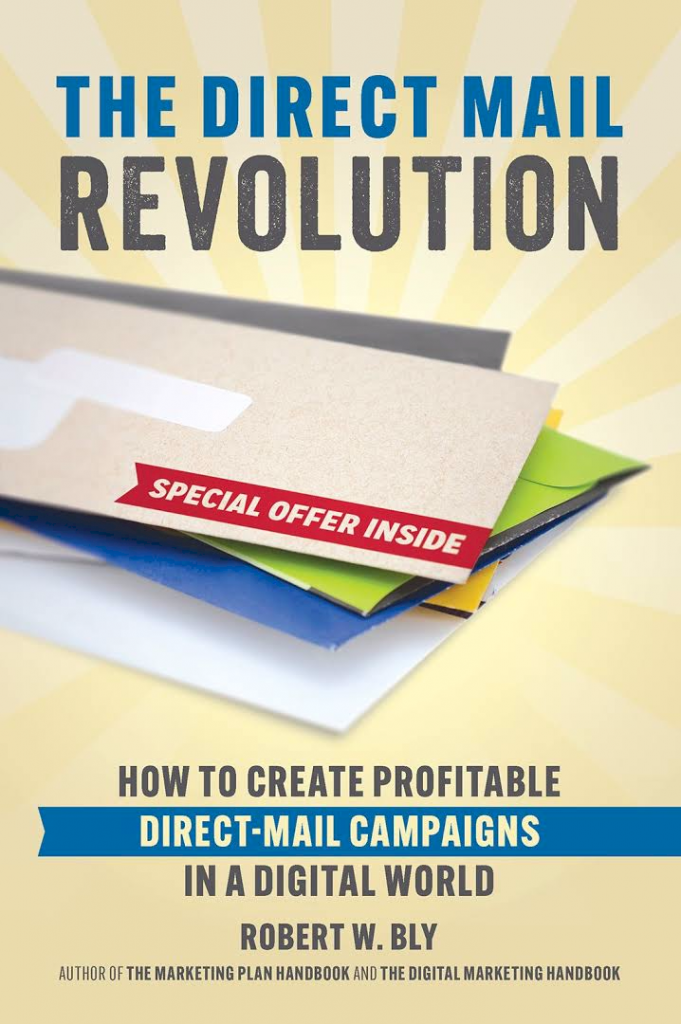
2 thoughts on “The Top 20 Copywriting Books of the New Millennium”